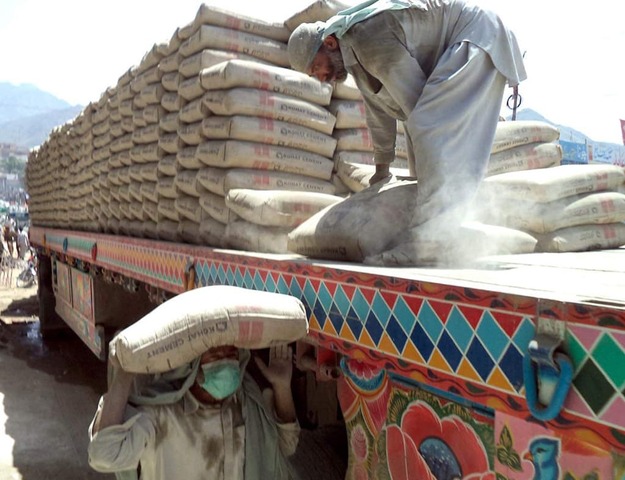By BR Research
Copyright brecorder

In its latest briefing, Lucky Cement (PSX: LUCK) seemed conservative on growth, citing the 21 percent surge in cement offtake in 2MFY26 where domestic demand grew 14 percent and exports rose a phenomenal 51 percent a matter of low base.
The company believes that though the impact of flood would be minimal, growth is projected to be no more than 5 percent. This tracks our own understanding of industry demand. But the fact is, even 5 percent will be enough for the majority of cement players.
Let’s rewind back only a few months when the industry was signing off the fiscal year financials. The annual volumetric growth at the time for the full year was only 2 percent, where domestic offtake had declined 3 percent due to weak government spending and massive floods that ravaged cities and towns.
Exports came to the rescue, growing by 30 percent and contributing 20 percent to the sales mix, compared to 16 percent the previous year. During the year, the industry was operating at half its capacity.
What helped? At the top, average retention prices for the industry have been on the incline for years. In FY25, the revenue per ton sold rose 3 percent built on the growth in domestic retention price increases. Costs per unit sold declined 3 percent as coal prices remained subdued and companies were utilizing alternative power sources including solar. This resulted in gross profit growth of 21 percent, and gross margins growth of 15 percent.
While overheads remained constant (7% of revenue), companies were able to bring down their finance costs driven by lower interest rates to 4 percent of revenue (FY24: 7%). The former helped operating margins to improve by 18 percent. The other major contributor to profitability remains “other income” which for some companies tipped the scale to further profitability.
Among the smaller ones, Thatta and Attock cement, and among the larger ones, Lucky, Mapleleaf, DGKC and Kohat saw other income chip in more than 30 percent to before-tax earnings.
The combined other income stood at 26 percent for these companies of their respective before-tax earnings. With a lower tax incidence (32% vs 39%) for the ten companies we looked at, net profits expanded 67 percent and net profit margins grew 58 percent.
There are a few major takeaways from this for FY26. As long as prices in the domestic market keep sticky and up, and there is no significant price competition between players, most companies will keep turning a profit. This is contingent on demand not dropping too dramatically which is not expected despite the floods.
Cement companies have done well to expand their market access tilting toward exports which continues to serve them. They have at least 40 percent laying in idle capacity that is up for grabs. With floods will come flood-related reconstruction and infrastructure spending which will feed some domestic demand to construction materials.
Companies have a firm control over their overheads while finance costs will not trouble them anymore for now. A conservative 5 percent growth scenario, with exports bringing in a substantial 20 percent to the sales mix, will still yield robust profitability growth for most players.



